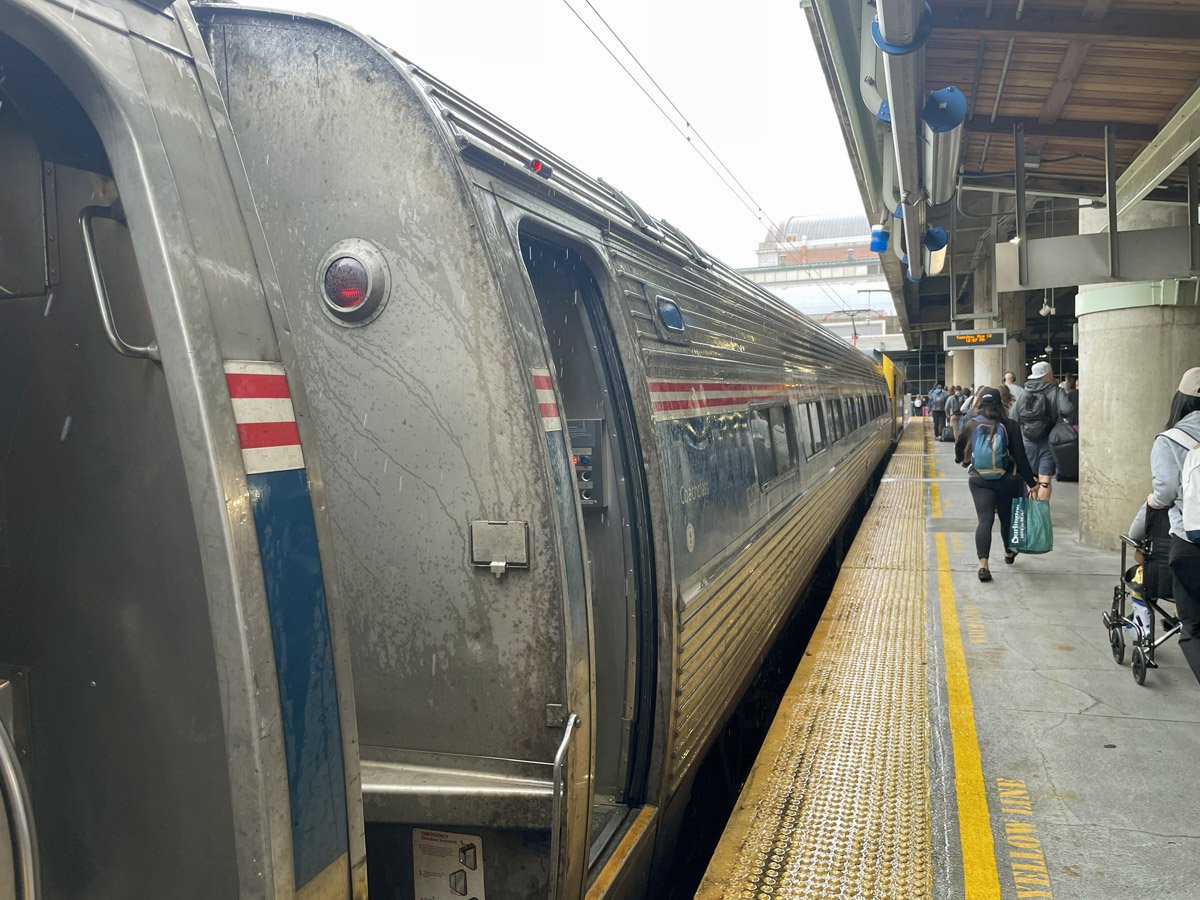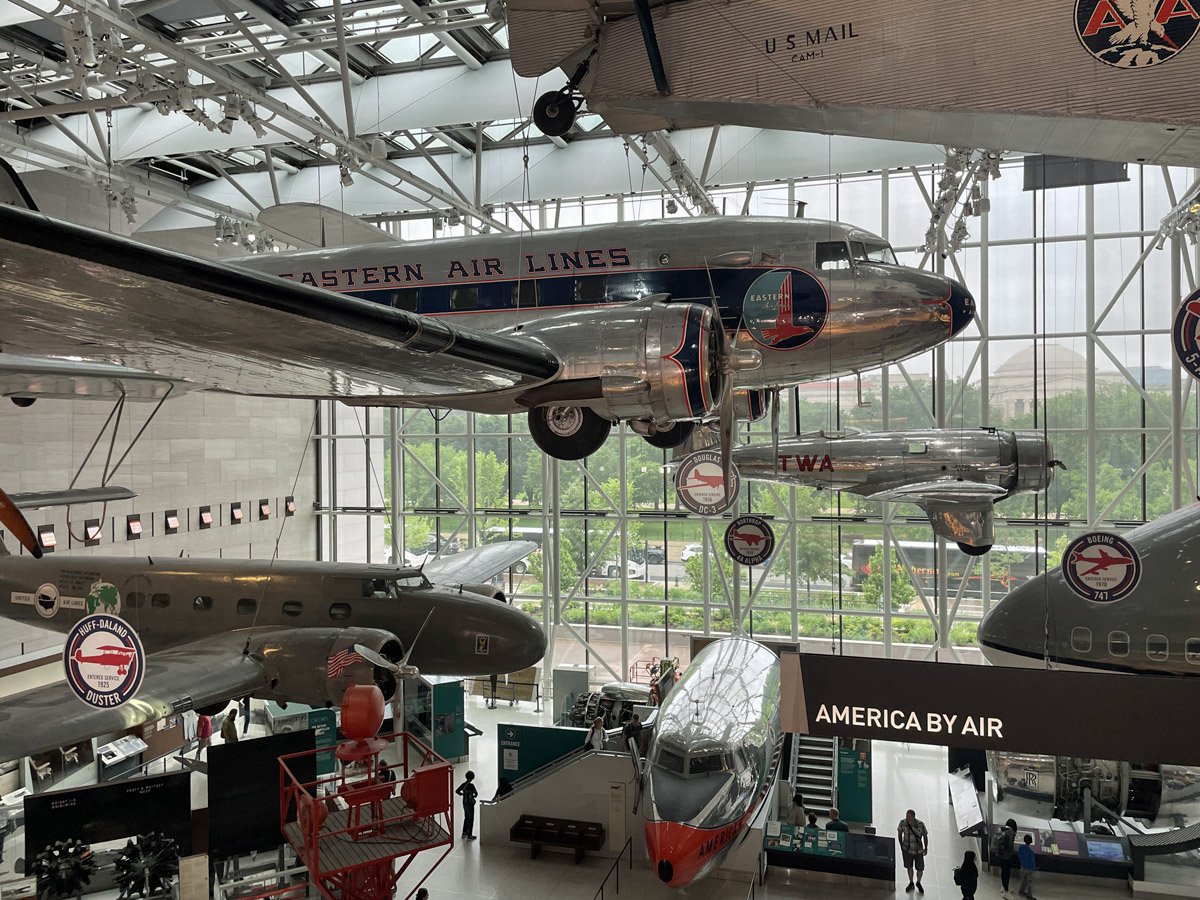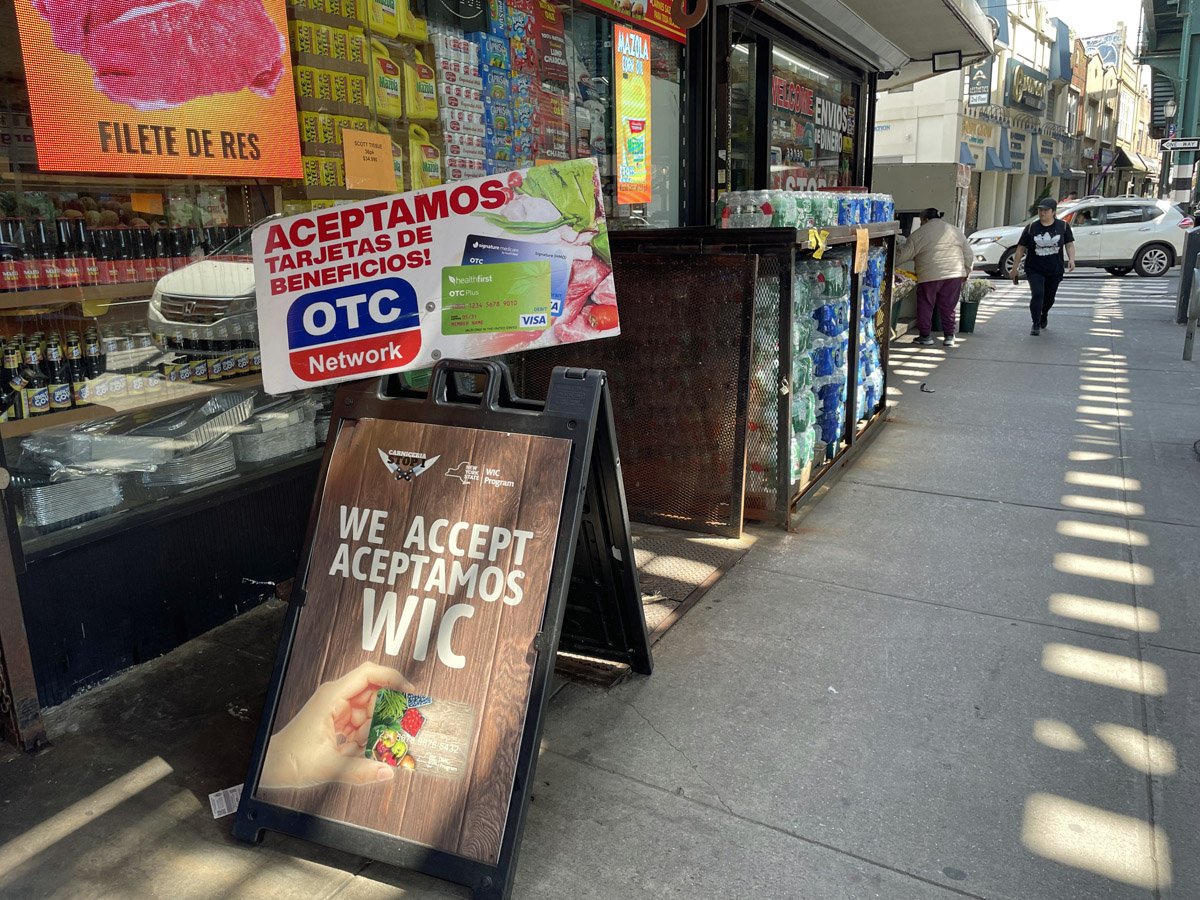North of Little Italy
Visiting the United States had been on my mind for quite some time. I found it almost absurd that I had never set foot in one of the most influential countries in the world. When Donald Trump was re-elected in November 2024, the idea took on a new urgency. Since the election, I had been spending more than four hours a day following the news from the U.S.—I needed to see it for myself. Because I didn’t feel like renting a car, choosing to visit New York and Washington D.C. was an easy decision.
The plane ticket was relatively inexpensive, but my first hotel—while modest by New York standards—still felt quite pricey. I found the name The Nolita Express amusing at first, though I later realized it likely had no connection to Jeffrey Epstein’s infamous Boeing 727. ‘Nolita’ stands for North of Little Italy, a neighborhood in Lower Manhattan. My room was barely larger than the bed itself—more of a ‘pod’ than a traditional hotel room. I think I transferred from the E train to the F train, getting off at 2nd Avenue to reach my ‘pod’.
I arrived early in the afternoon and didn’t waste any time. After dropping my bag at The Nolita Express, I walked through SoHo (South of Houston Street) straight to Ground Zero—officially known as the World Trade Center site. I remember exactly where I was on September 11, 2001. It was an attack that changed the course of world history. Without it, there likely would have been no ‘war on terror,’ no 2003 invasion of Iraq, and no two-decade war in Afghanistan from 2001 to 2021. But that’s the unpredictability of history: if there hadn’t been U.S. troops stationed in Saudi Arabia after Saddam Hussein’s invasion of Kuwait in 1990, Osama bin Laden might never have targeted the United States and the Twin Towers would still be there.
Reflecting Absence, by architect Michael Arad of Handel Architects and landscape architect Peter Walker, is the name of the memorial in Manhattan. It consists of a North and South Pool on the exact footprints of the Twin Towers. I was moved by the serenity. Later I realised the similarity of the Inslagpunt (Point of impact) part of Het groeiend monument of the El Al Flight 1862 crash, which destroyed my apartment in 1992. See the photo below.
Point of impact.
“We are the 99%”
After visiting Ground Zero, I wandered into Zuccotti Park—which, with no grass, feels more like a square. Its proximity to the World Trade Center made it a focal point for the Occupy Wall Street movement in 2011. Around the same time, the Tea Party was gaining momentum within the Republican Party. Fiscally conservative and opposed to big government, the movement rallied strongly against the Obama administration. In 2016, Donald Trump seized the moment, praising the Tea Party and earning the support of many of its members. While Occupy Wall Street helped pave the way for progressive activism, both movements—despite their differences—seem rooted in the same crisis of legitimacy.
Navigating Manhattan
Whenever I arrive in a new city, my first instinct is to get a sense of the space I’m in. Manhattan alone has about 1.7 million residents and measures roughly 21 kilometers long by 3 kilometers wide. The Dutch colony of New Netherland was established in 1614, when fur trader Juan Rodriguez began trading with Indigenous peoples as a representative of the Dutch. However, it wasn’t until 1624 that Peter Minuit acquired the land now known as Manhattan, and in 1625, the city of Amsterdam in New Netherland was officially founded. Below is a map of New Amsterdam overlaid on a satellite image of modern Manhattan—it corresponds roughly to today’s Financial District.
My hotel was in Nolita, Lower Manhattan, just below 14th Street, bordering the Bowery, SoHo, Little Italy, and Chinatown. Within walking distance are the East Village, Ukrainian Village, and countless other overlapping neighborhoods. These areas aren’t officially defined and tend to shift over time—neighborhood names in Manhattan are more of a colorful, informal way to navigate the city. By early evening, my biological clock was still set to midnight in Amsterdam, so to wrap up my first day, I headed to Chinatown in search of some cheap Chinese food.
Chinatown
I noticed Shanghai noodles with beef tripe on the menu. “Are you sure you want to order this?” the waitress asked. “Most people don’t like it.” I settled the matter by telling her I’d been to China.
After dinner, my head was spinning from lack of sleep. I stumbled upon the first “Made in China” Trump statues and spotted a T-shirt that read “New York Fuckin’ City.” It all seemed to vibe with my first impressions. I loved New York from the moment I stepped off the subway.
Zero-sum game
My ideal vision of politics is one of mutual benefit. But in the mind of a Manhattan real estate developer, politics becomes a zero-sum game: “If I win, you must lose.” This mindset inevitably leads to polarization—something we’re witnessing today. When I saw a mural in Nolita depicting Rich Uncle Pennybags, also known as Mr. Monopoly, it struck me as perfectly symbolic. The game Monopoly actually predates its commercial release by Parker Brothers. It was originally invented by Elizabeth Magie, a Virginia-born follower of political economist Henry George. She created The Landlord’s Game in 1904 to illustrate the dangers of land monopolies and unchecked capitalism.





























































































































































































